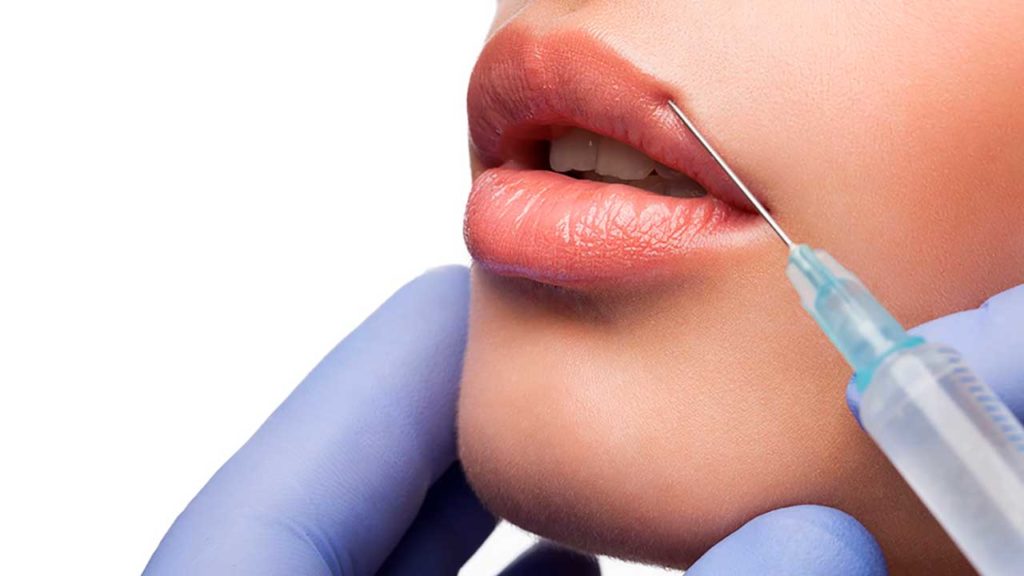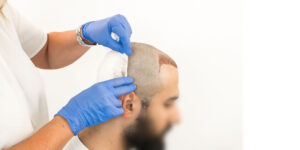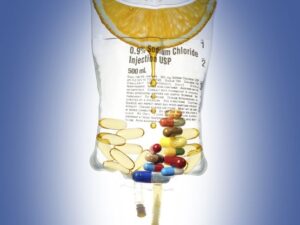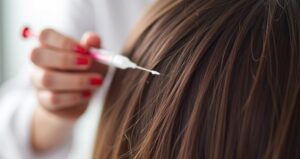Lip fillers have become one of the most popular non-surgical cosmetic treatments worldwide. People seeking fuller, plumper lips often turn to dermal fillers as a quick and effective solution. However, like any cosmetic procedure, getting lip fillers comes with certain considerations.
Pain, swelling, and recovery time are common aspects of the process that need to be managed. Understanding these factors and knowing how to handle them will ensure a smoother experience and better results.
What Are Lip Fillers?
Lip fillers are injectable treatments used to enhance the volume, shape, and definition of the lips. The most common type of lip filler is made from hyaluronic acid (HA), a substance naturally found in the body that attracts water and adds volume. HA fillers, like Juvederm, Restylane, and Belotero, are widely used due to their safety, reversibility, and natural-looking results.
The procedure typically involves using a fine needle to inject the filler into specific areas of the lips, such as the upper and lower lips, the lip border, or the Cupid’s bow. Although lip are generally considered safe, they come with the possibility of side effects, including pain, swelling, bruising, and more, all of which are temporary but should be managed effectively.
Pain During the Filler Procedure
Pain is one of the most commonly asked questions when it comes to fillers. The good news is that the procedure is relatively tolerable, thanks to modern techniques and the use of numbing agents.
Numbing Cream or Local Anesthesia: Before the procedure, the area around your lips will typically be numbed with a topical numbing cream or a local anesthetic injection. This helps significantly reduce discomfort. While some people might still feel a slight prick or pressure during the injection, most find it manageable.
Pain Tolerance: The level of discomfort you experience during the procedure can vary depending on your pain tolerance. Some individuals report feeling a mild stinging or a sense of pressure, while others may feel almost no pain due to the numbing agents. If you are particularly concerned about pain, discuss your options with the practitioner beforehand to ensure maximum comfort.
Injection Sites: The areas of the lip that are injected may cause different sensations. The upper lip, for example, tends to be more sensitive than the lower lip, and some individuals may find the lip border or the Cupid’s bow more sensitive.
Duration of Discomfort: Most of the pain or discomfort during the procedure is short-lived. However, it’s important to be aware that after the filler is injected, you may experience some discomfort for a few hours. This should subside quickly.
Swelling After Lip Fillers
Swelling is a normal part of the filler experience. It is your body’s natural response to the injection, and while it can be uncomfortable, it is usually temporary. Here’s what you need to know about swelling and how to manage it:
How Long Will Swelling Last? Swelling typically begins within a few hours after the procedure and can last anywhere from 24 to 48 hours. In some cases, mild swelling may persist for up to a week. The extent of swelling varies depending on the individual, the type of filler used, and the volume of product injected. Most patients report that swelling peaks within the first 48 hours and then gradually subsides.
Factors That Influence Swelling: Several factors contribute to the level of swelling you experience:
Injection Technique: The skill of your injector plays a significant role in minimizing swelling. A well-trained practitioner will inject the filler carefully and evenly to reduce trauma to the area.
Filler Type: Different fillers can cause varying levels of swelling. Hyaluronic acid fillers generally cause less swelling than other types of fillers, though this can still vary by brand.
Individual Response: Some individuals are more prone to swelling due to their unique physiology. If you’ve had lip before, you may be more aware of how your body reacts.
Managing Swelling:
Ice Packs: Applying an ice pack wrapped in a cloth can help reduce swelling in the hours immediately after the procedure. Be careful not to apply the ice directly to your skin to avoid frostbite.
Head Elevation: Keeping your head elevated, especially while sleeping, can help prevent excess fluid buildup in the treated area.
Avoiding Excessive Heat: Steer clear of hot showers, saunas, or excessive sun exposure in the first few days after treatment, as heat can exacerbate swelling.
Avoid Touching: Refrain from pressing or massaging the treated area, as this can irritate the lips and increase swelling.
Bruising and Other Common Side Effects
In addition to pain and swelling, bruising is another common side effect of filler procedures. This is due to the needle puncturing the skin, which can cause small blood vessels under the skin to break. Like swelling, bruising is temporary and should subside in a few days to a week.
To reduce the likelihood of bruising:
Avoid taking blood-thinning medications, such as aspirin or ibuprofen, for a few days before and after your procedure (unless directed otherwise by your doctor).
Avoid alcohol and smoking, as these can also increase the likelihood of bruising and slow down recovery.
Recovery Tips for a Smoother Experience
After your lip filler procedure, taking proper care of your lips during recovery can make a big difference in how quickly you heal and how well your results last. Here are some helpful tips for a smooth recovery:
Follow Your Practitioner’s Instructions: Your injector will provide specific aftercare instructions tailored to your procedure. Be sure to follow them closely for the best results.
Hydrate: Drink plenty of water to help your body heal faster. Hydration is particularly important when you’ve had a hyaluronic acid filler, as it works by drawing moisture into the skin.
Avoid Strenuous Activity: For at least 24 to 48 hours after your filler treatment, avoid intense physical activities like exercise, which can increase swelling and bruising. Light activities, such as walking, are fine.
Be Patient: Recovery from filler injections is usually quick, but remember that the swelling and bruising will take time to resolve. Avoid the temptation to evaluate your results too soon—give your lips time to settle and adjust.
Avoid Makeup Right After the Procedure: Try to avoid wearing makeup directly on the treated area for at least 24 hours after the procedure. Makeup can irritate the skin and increase the risk of infection.
When to See a Doctor
While most side effects from lip fillers are mild and resolve on their own, it’s important to know when to seek medical attention. If you experience severe pain, significant swelling that doesn’t subside after a few days, signs of infection (such as pus, redness, or warmth), or any other unusual symptoms, contact your doctor or injector immediately.
Conclusion
Lip filler procedures are relatively low-risk treatments that can provide dramatic results for those seeking fuller, more defined lips. Pain, swelling, and bruising are common side effects, but they are usually temporary and manageable. By following proper aftercare instructions, hydrating, and being patient, you can ensure a smooth recovery process and enjoy your enhanced lips with minimal discomfort. Always consult with a licensed and experienced practitioner to ensure the best outcome for your filler treatment.






